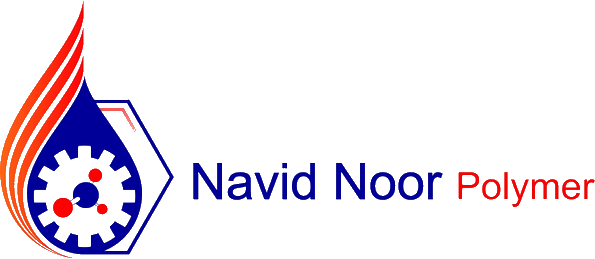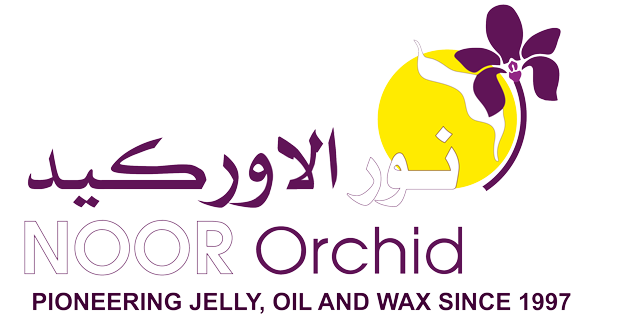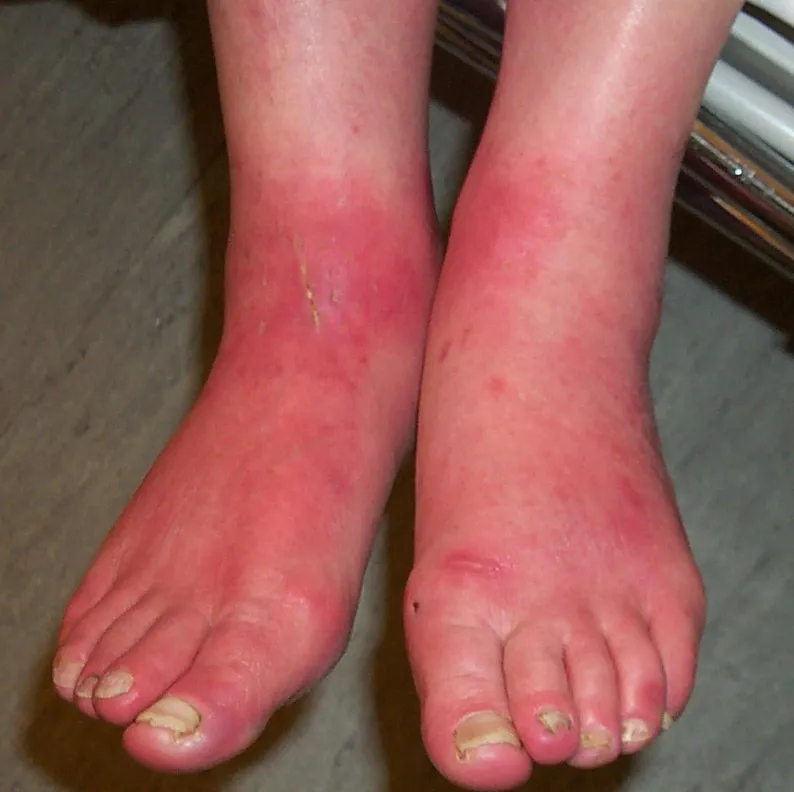Introduction
Petroleum jelly, commonly known by the brand name Vaseline, is a staple in many households for its versatile applications in skincare. It’s often used to moisturize dry skin, heal minor cuts, and protect against chafing. However, its effectiveness and suitability as a treatment for burns are much debated. This blog post will explore whether petroleum jelly is an appropriate treatment for burns, considering its properties, potential benefits, and risks.
Understanding Burns
Types of Burns
Burns are injuries to the skin or other tissues caused by heat, chemicals, electricity, sunlight, or radiation. They are categorized based on their severity:
First-degree burns:
Affects the outer layer of the skin (epidermis). Symptoms include redness, minor swelling, and pain.
Second-degree burns:
Affects both the outer layer and the underlying layer of the skin (dermis). Symptoms include redness, swelling, blistering, and severe pain.
Third-degree burns:
Extend into deeper tissues, damaging the full thickness of the skin and possibly affecting underlying tissues. Symptoms include white or blackened, charred skin that may be numb.
The treatment for burns varies depending on the severity and type of burn.
Properties of Petroleum Jelly
Moisturizing
Petroleum jelly is known for its moisturizing properties. It forms an occlusive barrier on the skin, preventing water loss and keeping the skin hydrated. This property is beneficial for dry or cracked skin but can be problematic for burns, especially if misused.
Barrier Formation
Petroleum jelly creates a protective barrier on the skin, shielding it from external irritants and contaminants. This can help protect minor cuts and abrasions from infection. However, the same barrier can also trap heat and bacteria in burns, potentially worsening the injury.
Using Petroleum Jelly on Burns
Potential Benefits
Moisture Retention
For minor burns (first-degree), petroleum jelly can help retain moisture in the skin, which might prevent the burn from becoming overly dry and cracked. Moisture retention is crucial for the healing process, as it keeps the skin pliable and reduces discomfort.
For further information read this article: Healing Power of Petroleum Jelly for Sunburn Relief
Potential Risks
Trapping Heat
One of the significant risks of using petroleum jelly on burns is its ability to trap heat. Applying it too soon after a burn can prevent heat from escaping the injured area, which can prolong pain and potentially worsen tissue damage.
Risk of Infection
Petroleum jelly’s barrier properties can also trap bacteria and other contaminants within the burn site. This creates an environment conducive to infection, particularly in more severe burns where the skin is compromised and more susceptible to bacterial invasion.
Expert Opinions
Medical Advice
Medical professionals generally advise against using petroleum jelly on fresh burns. The American Academy of Dermatology (AAD) recommends cooling the burn with cool (not cold) water for 10 to 15 minutes and using a clean, dry cloth to gently pat the area dry. Over-the-counter antibiotic ointments, such as those containing bacitracin or silver sulfadiazine, are often recommended instead, as they provide a barrier while also helping to prevent infection.
Dermatologist Recommendations
Dermatologists echo the advice to avoid petroleum jelly on fresh burns. Instead, they suggest using products specifically designed for burn care, which typically include ingredients that help cool the burn, reduce pain, and prevent infection.
Alternative Treatments for Burns
First-Degree Burns
For first-degree burns, initial treatment should include cooling the burn with cool water and using a non-stick sterile bandage. Over-the-counter pain relievers like ibuprofen can help manage pain and swelling.
Second-Degree Burns
Second-degree burns should be treated with cool water and covered with a sterile, non-stick dressing. Antibiotic ointments may be used to prevent infection, and medical attention should be sought if the burn covers a large area or shows signs of infection.
Third-Degree Burns
Third-degree burns require immediate medical attention. These burns are severe and can cause significant damage to the skin and underlying tissues. Professional medical treatment is necessary to manage pain, prevent infection, and facilitate proper healing.
Conclusion
While petroleum jelly has many beneficial properties for general skincare, it is not the best choice for treating burns. Its ability to trap heat and bacteria can potentially worsen the injury and increase the risk of infection. For minor burns, cool water, sterile dressings, and appropriate burn ointments are recommended. For more severe burns, seek medical attention promptly. Always follow the advice of healthcare professionals when treating burns to ensure proper care and healing.

This is Kamran Malekian working in the petroleum jelly manufacturing industry for Navid Noor Company since 2013 I am eager to make content in this industry and have a good impact on professional users and people using cosmetic and pharmaceutical products.










[…] Is Petroleum Jelly a Suitable Treatment for Burns? […]
[…] my career, I’ve observed the widespread use of petroleum jelly in treating various dermatological conditions. Its simple composition and effective barrier properties make it a versatile tool for managing a […]